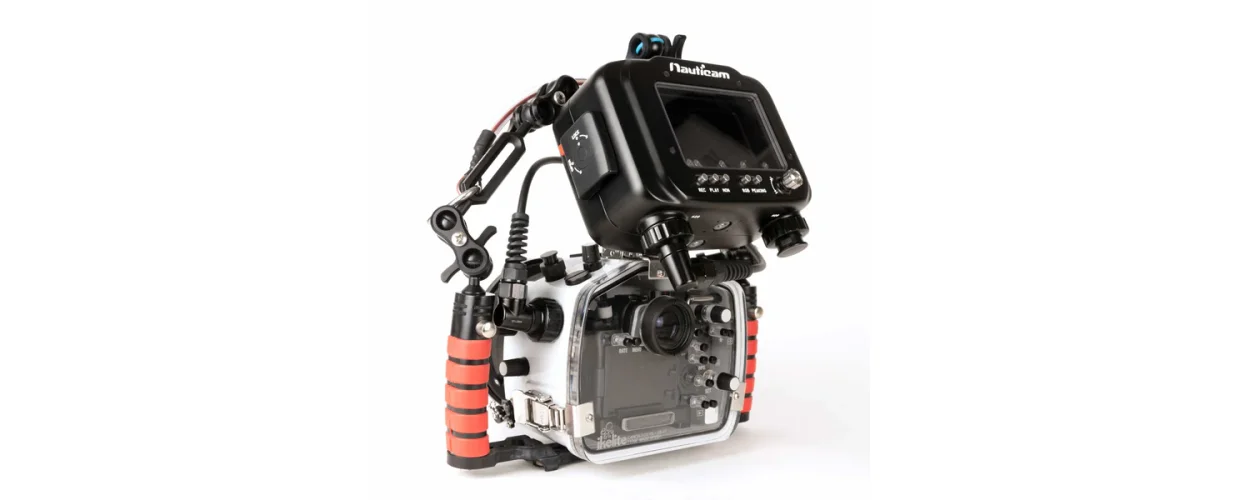As underwater photographers, we all know that capturing the beauty of the ocean isn’t just about the gear — it’s about making split-second decisions in an environment that's constantly changing. Every dive offers new subjects, lighting, and compositions to work with, so your setup needs to help you stay focused and adaptable. One of the big decisions you’ll face is whether to go with a viewfinder or a monitor when composing your shots underwater. Let’s break down the differences and talk about how each option can impact your shooting experience.
Optical Viewfinder vs. Monitor: Which One Feels Right?
Underwater photography is all about clarity and precision. The optical viewfinder (OVF) gives you a direct, no-nonsense line of sight through the camera’s lens, just like the human eye. If you’re used to shooting with a viewfinder on land, this can feel really natural. It's perfect for tracking fast-moving subjects and framing shots in the midst of swells and currents, especially when things get hectic.
On the flip side, a monitor shows you a digital feed based on the camera’s sensor data. While it might not capture the exact colors or details as perfectly as you’d see with your own eyes, it gives you immediate feedback on exposure, white balance, and composition. If you're aiming to capture the vibrant colors of the underwater world or need to fine-tune your settings quickly, a monitor makes that process a lot easier.
Why Some Photographers Prefer a Monitor: A Fresh Perspective
For some of us, using a monitor feels like a game-changer. The bigger screen lets you see more detail, which can be super helpful for wide-angle shots of coral reefs or zooming in on tiny critters in macro mode. Plus, you can shoot from all sorts of angles and positions that might be tricky with just a viewfinder. The flexibility of composing your shots with the screen allows for more creative exploration.
Another great thing about a monitor is the Live View mode. This feature gives you real-time updates on your settings, which means you can see exactly how your exposure, white balance, and composition are shaping up without waiting until you get back on the boat. This can be a huge advantage for making quick adjustments and getting the shot just right while you’re still underwater.
Making the Choice: What’s Right for You?
Ultimately, whether you choose a viewfinder or a monitor really comes down to how you like to shoot. If you prefer fast response times and precision, especially when chasing fast-moving subjects, the optical viewfinder might be your go-to. It’s simple, direct, and allows you to feel totally in tune with your underwater environment.
On the other hand, if you like having more flexibility and want to explore different angles and perspectives, a monitor might be a better fit for you. The larger screen, along with the ability to preview exposure and settings, opens up more room for creativity and experimentation in your shots.
Other Things to Think About
Aside from deciding between a viewfinder and a monitor, you’ll want to think about factors like battery life, durability, and how well your gear fits inside your underwater housing. A monitor might drain the battery a bit faster, and not every housing is built for one, so make sure you're considering all your options. Also, accessories like underwater strobes and focus lights can really take your setup to the next level, helping you get even better results.
In the end, whether you go with a viewfinder or a monitor, the most important thing is choosing the setup that feels right for your shooting style. The gear you use should help you capture the amazing beauty of the ocean with the same passion and precision you feel when you're beneath the surface.
 Instock - fast delivery
Instock - fast delivery Low-cost delivery all over Europe
Low-cost delivery all over Europe Expert guidance every step of the way
Expert guidance every step of the way
